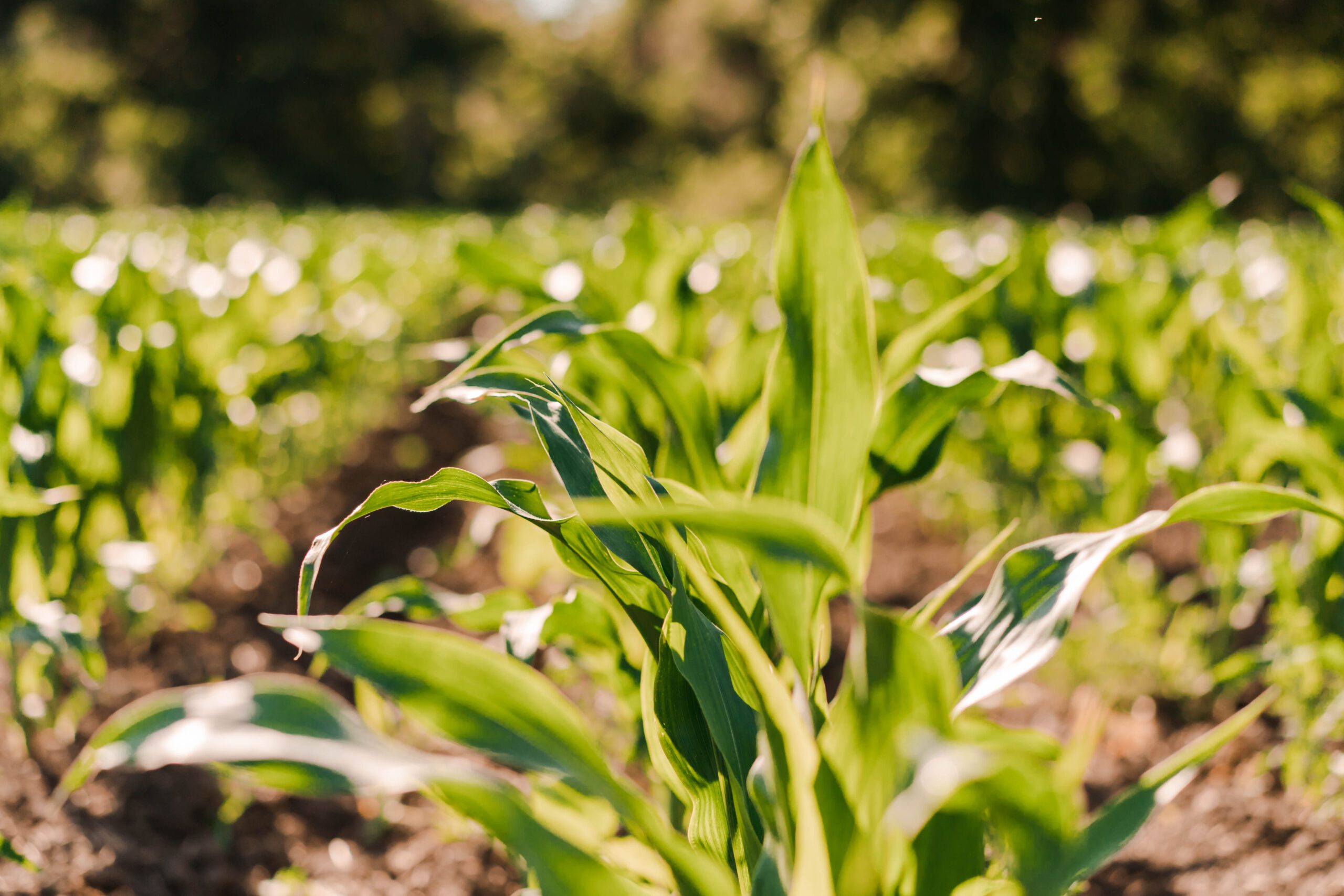Cutworms, Cutworms, Cutworms
Jake Hansen | Corn and Soybean Agronomist
We’ve taken a large number of calls on cutworm damage from Wisconsin to Nebraska, especially on organic farms. We wanted to share some observations in case you’re facing similar challenges, noted in the last couple of weeks from conversations with growers and farm visits:
- A majority of the damage calls have not been exclusive to any one hybrid or brand, so the pressure is seemingly widespread.
- There have been more instances of cutworms on corn that followed a cover crop or had adjacent fields with grass species growing.
- Some of the damaged corn plants are trying to recover from the feeding, however, if the worms cut deep enough, there’s little to no hope for recovery.
- One field I looked at on Monday, June 12, the grass in the alfalfa strips next to the corn was also heavily fed on.
- One customer I talked to, said his neighbor also had cutworm damage and his insurance rep told him that he was the 118th claim on cutworm damage this year.
- Some cases other insects are also problematic; wireworms, seed corn maggots, click beetles, armyworms, are also noted to be present in some fields.
- Fortunately, the call I was on today, June 14, I did not find any cutworms, just the damage left behind, which tells me they are moving to the chrysalis stage and will emerge as a moth.
Bottom line, it has been a near perfect spring for pest insects in the upper Midwest. I encourage growers to get out and scout for injury, and pest insects and assess whether steps are need for control.To learn more about these nasty little bugs, follow the helpful links below:
- Black Cutworms, University of Minnesota UMN
- Black Cutworms, Purdue University
- Black Cutworms, University of Illinois
